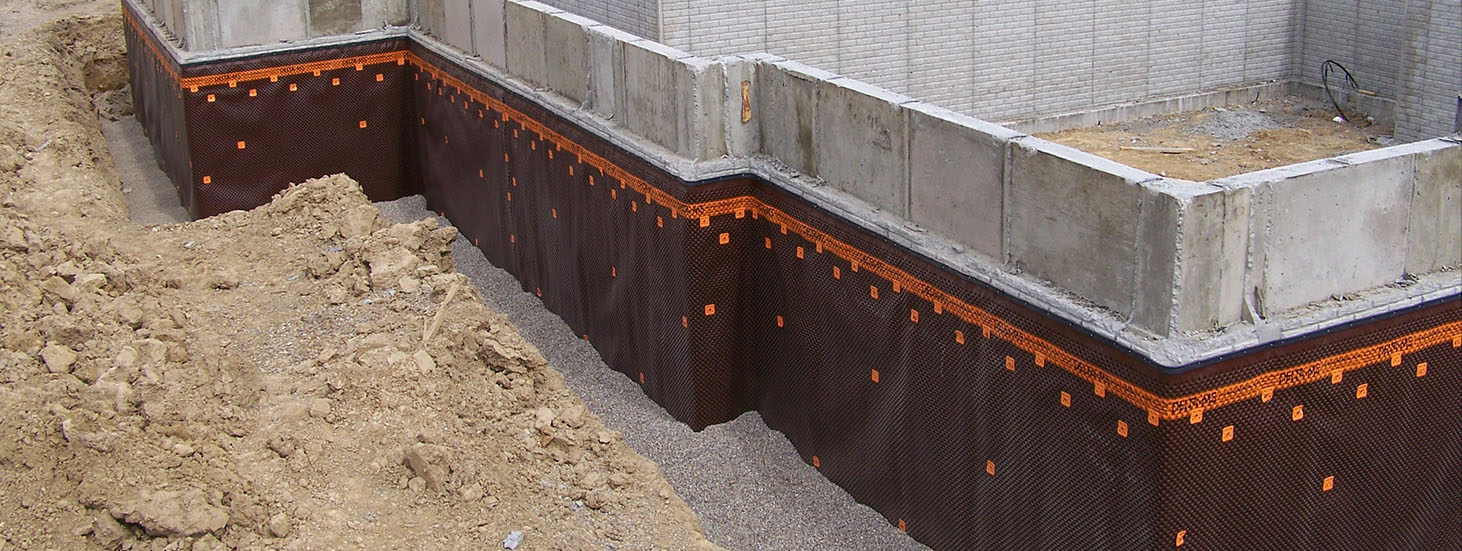
Innovations in Basement Waterproofing Technologies and Materials
Basements are practical additions to residential homes due to their vast storage space and ability to be converted into livable rooms. However, one of the problems homeowners deal with the most commonly is water infiltration. Moisture leaking through the foundation walls or floor can lead to mold growth, structural damage, and an unpleasant living environment. As a result, the basement needs to be waterproofed in order to preserve a dry and hygienic environment. The previous several years have seen a revolution in material and technical development, giving both businesses and residences new creative opportunities. The most recent advancements in waterproofing basement technology and materials will be examined in this article, along with information on their advantages and how they contribute to the development of effective and long-lasting solutions.
The Evolution of Basement Waterproofing Technologies
- Advanced Drainage Systems
- Cutting-edge subsurface drainage techniques are used to efficiently manage water around foundations, limiting the buildup of hydrostatic pressure and lowering the likelihood of water penetration.
- Modern drainage systems utilize specialized materials such as high-density polyethylene (HDPE) or geocomposite drainage boards, enhancing their durability and longevity.
- Interior Waterproofing Membranes
- New-generation membranes are engineered with advanced polymers that create a robust barrier against water penetration while allowing for effective vapor transmission.
- These innovative membranes are flexible, ensuring better adhesion to various surfaces, and they can withstand the stresses of foundation movement without compromising their integrity.
- Injection Grouting Technology
- Injection grouting has seen significant advancements, with hydrophobic polyurethane grouts being a popular choice. They expand upon contact with water, effectively sealing cracks and voids in the foundation walls to prevent water intrusion.
- Low-viscosity grouts are also used to fill voids in soils surrounding the foundation, improving soil stability and reducing the risk of water seepage.
High-Performance Waterproofing Materials
- Nanotechnology-Based Sealants
- Nanotechnology has introduced innovative waterproofing sealants that penetrate deeply into concrete, creating a strong barrier against water molecules.
- These sealants also enhance the concrete’s overall strength and durability, extending the lifespan of the foundation.
- Hybrid Coatings
- The coatings combine the advantages of many materials, including cementitious and polyurethane coatings, to produce a flexible and extremely efficient waterproofing solution.
- These coatings provide total protection against water infiltration and may be applied to both the interior and exterior surfaces of the foundation.
- Smart Membranes with Self-Healing Properties
- Emerging smart membranes are equipped with self-healing properties that automatically seal small cracks and imperfections, ensuring continuous waterproofing performance over time.
- These membranes offer an innovative and sustainable solution for maintaining the integrity of the waterproofing system without requiring frequent maintenance.
Eco-Friendly Waterproofing Solutions
- Plant-Based Sealants
- Eco-conscious homeowners and waterproofing companies are embracing plant-based waterproofing sealants made from renewable resources.
- These sealants provide an environmentally friendly alternative without compromising on their effectiveness.
- Recycled Materials in Drainage Systems
- Sustainable drainage solutions incorporate recycled materials, such as crushed glass or plastic, to create drainage channels and perforated pipes.
- These eco-friendly drainage systems effectively manage water around the foundation while reducing the environmental impact.
New Approaches to Waterproofing Application
- Sprayed Membranes
- Sprayed-on waterproofing membranes were developed as a result of improvements in application techniques, providing a speedier and more effective installation.
- This method allows for seamless and continuous coverage, reducing the risk of leaks or weak points in the system.
- Robotic Application
- Waterproofing company is utilizing robotic systems for precise and automated application of waterproofing materials on large-scale projects.
- Robotic application minimizes human mistakes throughout the waterproofing process by ensuring precision and uniformity.
Benefits of Innovations in Basement Waterproofing
- Enhanced Longevity
The use of state-of-the-art materials and technology extends the lifespan of waterproofing systems, reducing the need for maintenance or replacement.
- Improved Waterproofing Performance
Innovations in materials and application techniques result in higher-quality water resistance, providing comprehensive protection against water infiltration.
- Eco-Friendly Solutions
Eco-conscious waterproofing solutions contribute to sustainability efforts and reduce the environmental impact of construction practices.
- Time and Cost Efficiency
Innovations in application techniques, such as sprayed membranes and robotic waterproofing, streamline the installation process, saving time and labor costs.
Conclusion
The sector has been altered by improvements in basement waterproofing technology and materials, which now provide businesses and homeowners with creative and effective solutions. These advancements provide increased lifetime, superior waterproofing performance, and eco-friendly substitutes, ranging from innovative drainage systems to sealants based on nanotechnology. Adopting these improvements helps to promote sustainable building techniques while also ensuring the life and integrity of the foundation. As technology develops, the future of basement water resistance promises even more cutting-edge solutions, giving homeowners peace of mind and a dry, healthy basement environment for years to come.



